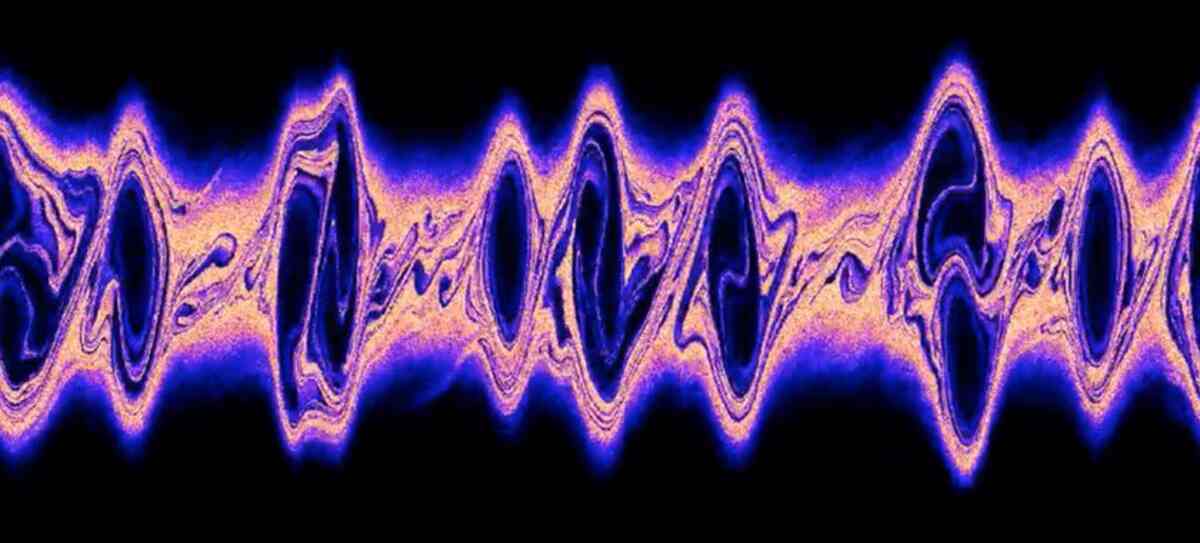THE LATEST
German simulations reveal a new plasma instability, shedding light on cosmic rays' nature

Scientists and astronomers have always been fascinated by the realm of cosmic rays. However, there is still a lot to uncover about their nature and origins. Recently, researchers at the Leibniz Institute for Astrophysics Potsdam (AIP) made groundbreaking discoveries in the field of plasma dynamics. By studying the behavior of ionized gases, they discovered a previously unknown instability that has significant implications for our understanding of plasma, a unique state of matter that exists in various forms throughout the universe.
This new plasma instability sheds light on previously unexplained phenomena observed in astrophysical and laboratory plasmas. It opens up exciting avenues for further exploration and paves the way for advancements in various fields. Understanding plasma instabilities holds immense promise for technological advancements that will shape our future, from space weather forecasting to fusion energy research.
Advanced computational models and simulations have allowed researchers to delve deeper into the intricate dynamics of plasma instabilities. These simulations provide a window into the complex interplay between charged particles and magnetic fields, revealing the mechanisms behind the generation and propagation of cosmic rays.
This newfound understanding not only deepens our knowledge of cosmic rays but also opens up exciting possibilities for further exploration. Scientists can now develop more accurate models to predict the behavior of cosmic rays in various astrophysical environments, helping us unravel their mysteries and potentially harness their energy for practical applications.
The discovery of this new plasma instability reminds us that there is always more to discover in the vast expanse of our universe. It inspires us to continue pushing the boundaries of scientific knowledge, unlocking secrets that were once hidden from our view.
As we embark on this journey of exploration, let us embrace the power of simulations and computational tools as valuable allies in unraveling the mysteries that surround us. Together with human curiosity and ingenuity, they will guide us toward a deeper understanding of cosmic phenomena like never before.
